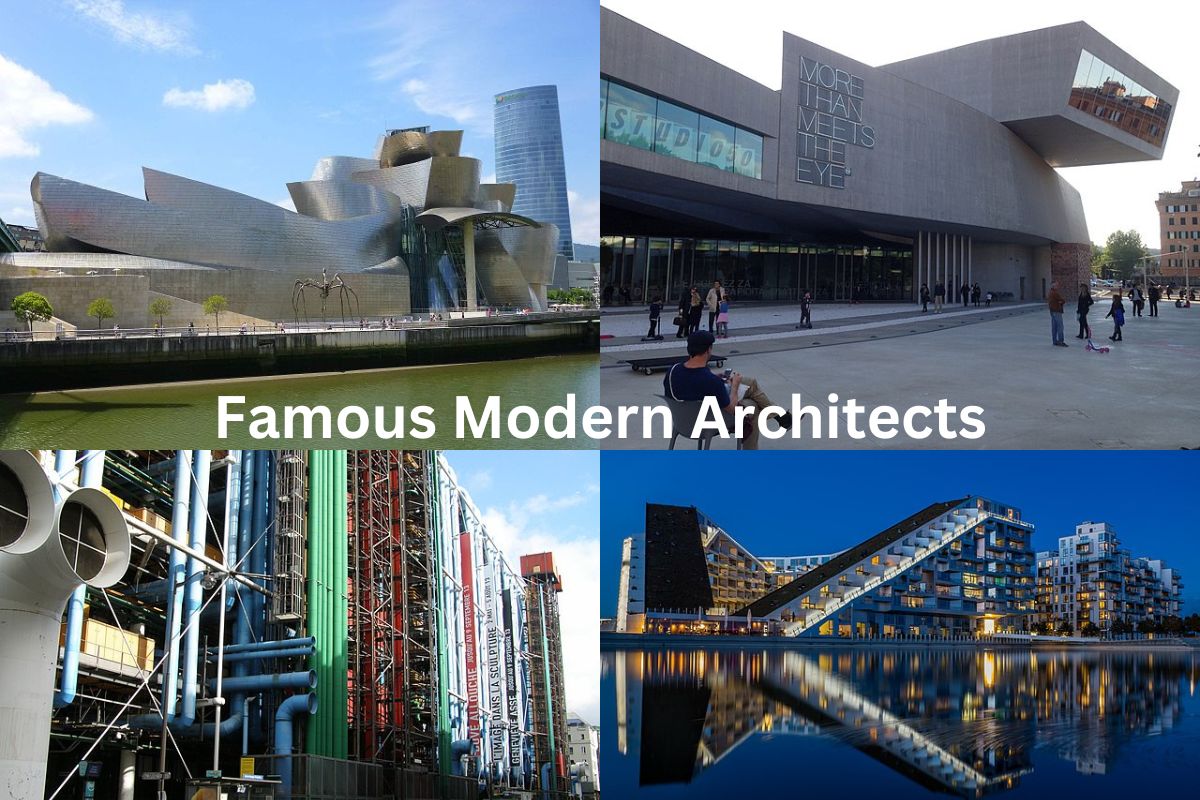Modern architecture is a style that emerged in the early 20th century and became dominant after World War II. It is characterized by a focus on clean lines, geometric shapes, and the use of modern materials such as steel and glass.
Modern architects sought to break with the traditional styles of the past and create buildings that were functional, efficient, and reflected the technological advancements of the time.
Some of the most famous modern architects include Frank Gehry, Zaha Hadid, Norman Foster, Renzo Piano, and Rem Koolhaas.
Each of these architects has made significant contributions to the field of modern architecture, with their buildings and designs being recognized for their innovative use of space, light, and materials.
Modern architecture has had a profound impact on the built environment, shaping the skylines of cities around the world and influencing the way we live, work, and interact with our surroundings. I
ts legacy continues to inspire new generations of architects and designers, who are pushing the boundaries of what is possible with technology and creativity.
Famous Modern Architects
1. Frank Gehry
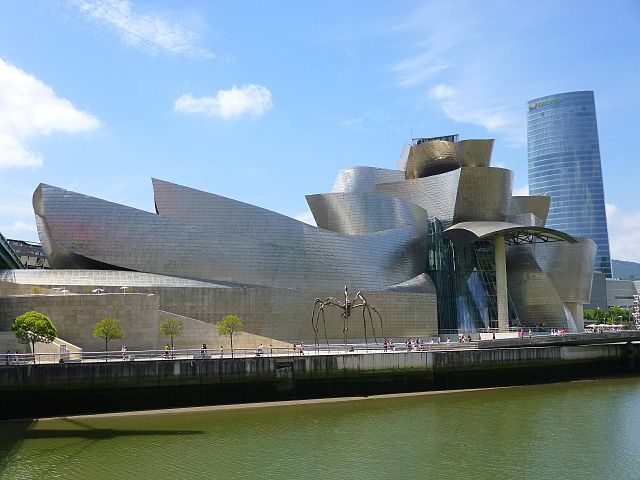
Frank Gehry is a Canadian-American architect known for his iconic buildings characterized by their sculptural, asymmetrical forms and use of unconventional materials.
Born in Toronto in 1929, Gehry studied at the University of Southern California and Harvard University before establishing his own architecture firm in 1962.
One of Gehry’s most famous works is the Guggenheim Museum in Bilbao, Spain, completed in 1997. The museum’s undulating titanium exterior has become a symbol of the city and is recognized as one of the most important buildings of the 20th century.
Other notable works by Gehry include the Walt Disney Concert Hall in Los Angeles, the Dancing House in Prague, and the Fondation Louis Vuitton in Paris.
Gehry’s designs often involve complex computer modeling and the use of advanced building technologies, allowing him to push the boundaries of what is possible in architecture.
His work has earned him numerous awards and accolades, including the prestigious Pritzker Architecture Prize in 1989.
Today, Gehry remains one of the most influential and celebrated architects in the world, continuing to create bold and innovative designs that challenge our expectations of what a building can be.
2. Zaha Hadid
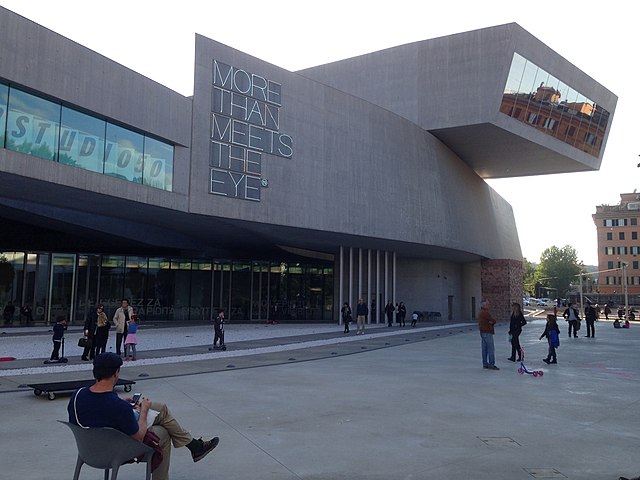
Zaha Hadid was a British-Iraqi architect who became one of the most influential architects of her time.
She was born in Baghdad in 1950 and studied mathematics at the American University of Beirut before moving to London to study architecture at the Architectural Association School of Architecture.
Hadid’s work is characterized by her signature style of fluid, curvilinear forms that challenge conventional architectural design.
She was known for her use of advanced computer modeling techniques and innovative construction methods, which allowed her to create buildings that appeared to defy gravity and push the limits of what was possible in architecture.
Some of her most iconic works include the Heydar Aliyev Center in Baku, Azerbaijan, the Vitra Fire Station in Germany, the MAXXI National Museum of 21st Century Arts in Rome, and the London Aquatics Centre, which was built for the 2012 Olympic Games.
Throughout her career, Hadid was recognized with numerous awards and honors, including the Pritzker Architecture Prize in 2004, becoming the first woman to receive the award.
She passed away in 2016, but her legacy continues to inspire architects and designers around the world to push the boundaries of what is possible in architecture.
3. Norman Foster
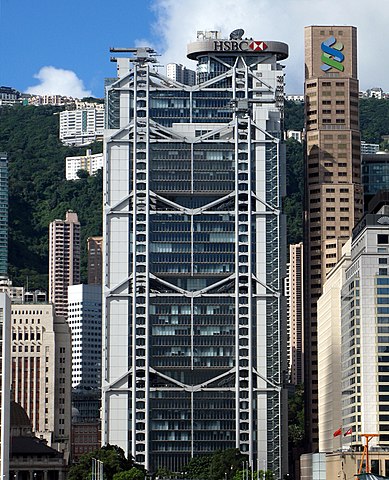
Norman Foster, also known as Lord Foster, is a British architect known for his innovative and sustainable designs that have helped to shape the modern architectural landscape.
Born in Manchester in 1935, Foster studied architecture at the University of Manchester before establishing his own architecture firm, Foster + Partners, in 1967.
Foster’s work spans a range of building types, from airports and train stations to museums and office buildings. One of his most famous designs is the Hong Kong and Shanghai Banking Corporation (HSBC) headquarters in Hong Kong, which was completed in 1986 and is recognized as one of the most significant buildings of the 20th century.
Other notable works include the Reichstag building in Berlin, the Hearst Tower in New York City, and the Millau Viaduct in France, which is the tallest bridge in the world.
Foster is also known for his commitment to sustainability in architecture, and his designs often incorporate features such as green roofs, solar panels, and energy-efficient systems.
He has received numerous awards and honors throughout his career, including the Pritzker Architecture Prize in 1999 and the Stirling Prize, Britain’s top architectural award, multiple times.
Today, Foster remains one of the most influential and respected architects in the world, continuing to push the boundaries of what is possible in architecture and design.
4. Renzo Piano
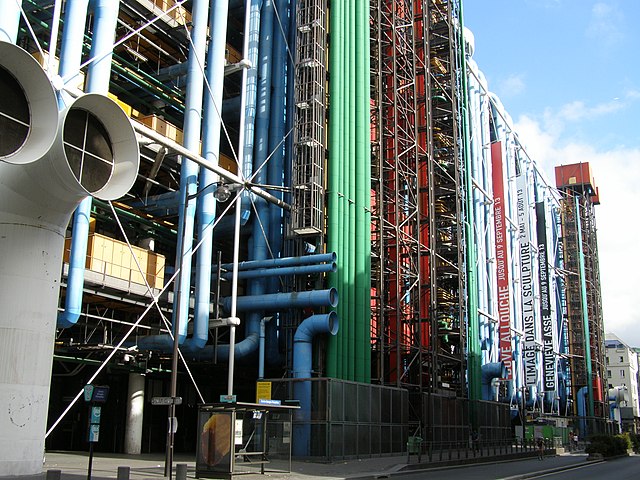
Renzo Piano is an Italian architect known for his innovative and technically advanced designs. Born in Genoa in 1937, Piano studied architecture at the Polytechnic University of Milan before working for several years in the office of renowned architect Louis Kahn in Philadelphia.
Piano’s work is characterized by its lightness, transparency, and use of sustainable materials. He is known for designing buildings that respond to their surroundings and integrate seamlessly into their environments.
Some of his most famous works include the Centre Georges Pompidou in Paris, the Menil Collection museum in Houston, the Shard skyscraper in London, and the Whitney Museum of American Art in New York City.
Throughout his career, Piano has received numerous awards and honors, including the Pritzker Architecture Prize in 1998 and the Royal Gold Medal from the Royal Institute of British Architects in 1989.
He is also a member of the Italian Senate and was appointed to the Italian Chamber of Deputies in 2018. Today, Piano continues to work on projects around the world, with a focus on creating sustainable, people-centered buildings that promote social and environmental responsibility.
5. Rem Koolhaas
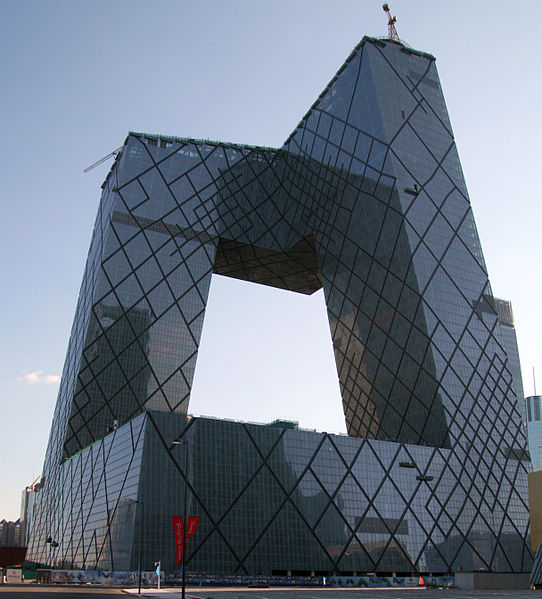
Rem Koolhaas is a Dutch architect, urbanist, and theorist, and is the founder of the architecture firm, Office for Metropolitan Architecture (OMA).
Born in Rotterdam in 1944, Koolhaas studied architecture at the Architectural Association School of Architecture in London before establishing OMA in 1975.
Koolhaas is known for his avant-garde approach to architecture, and his designs often incorporate elements of unexpected and playful geometry.
He is also a noted urbanist and has written extensively on the subject, including the influential book “Delirious New York,” which explores the relationship between architecture and the city.
Some of Koolhaas’s most notable works include the Casa da Música in Porto, the CCTV headquarters in Beijing, and the Seattle Central Library.
He has received numerous awards and honors throughout his career, including the Pritzker Architecture Prize in 2000 and the Golden Lion for Lifetime Achievement at the Venice Biennale in 2010.
Koolhaas continues to be a significant force in contemporary architecture and urbanism, and his work remains influential to architects, planners, and scholars around the world.
6. Richard Rogers
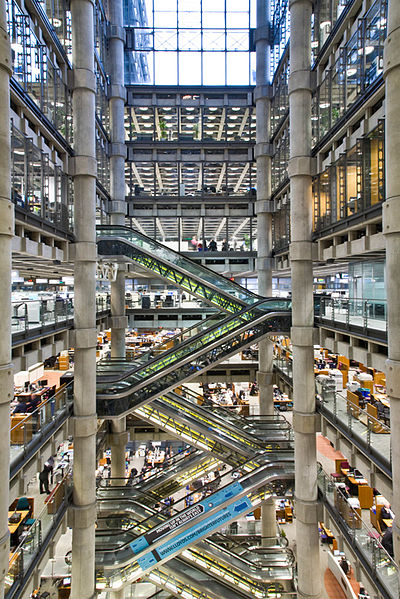
Richard Rogers is a British architect known for his modernist and sustainable designs. Born in Florence, Italy in 1933, Rogers studied at the Architectural Association School of Architecture in London and later established the architectural firm Rogers Stirk Harbour + Partners.
Rogers’ work is characterized by his use of lightweight and environmentally sustainable materials, such as steel and glass, and his designs often incorporate elements of transparency and openness.
He is best known for his design of the Centre Pompidou in Paris, which he co-designed with Renzo Piano, and is recognized as one of the most important buildings of the 20th century. Other notable works include the Lloyd’s Building in London, the Millennium Dome, and the Terminal 4 building at Madrid-Barajas Airport.
Throughout his career, Rogers has received numerous awards and honors, including the Pritzker Architecture Prize in 2007 and the Royal Gold Medal from the Royal Institute of British Architects in 1985.
He is also a member of the House of Lords in the UK Parliament. Today, Rogers remains an influential figure in contemporary architecture, continuing to push the boundaries of sustainable design and advocate for the importance of architecture in shaping our built environment.
7. Jean Nouvel
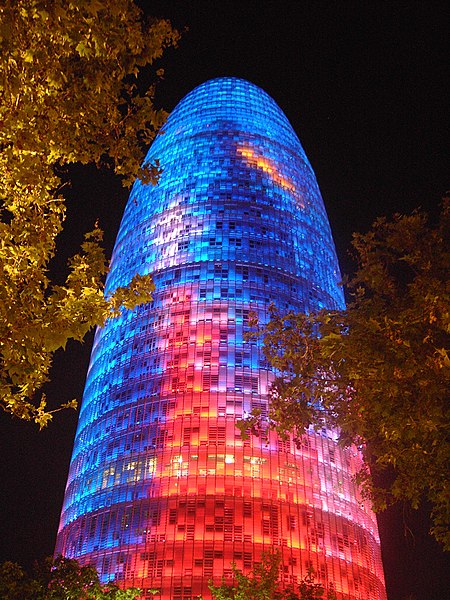
Jean Nouvel is a French architect known for his avant-garde designs and his use of light and color. Born in Fumel, France in 1945, Nouvel studied architecture at the École des Beaux-Arts in Paris before establishing his own architectural firm, Ateliers Jean Nouvel, in 1970.
Nouvel’s work is characterized by his use of innovative materials, such as glass and steel, and his emphasis on natural light and color. He is known for his ability to create buildings that respond to their surroundings and incorporate elements of the local culture and history.
Some of his most famous works include the Arab World Institute in Paris, the Cartier Foundation for Contemporary Art in Paris, and the Louvre Abu Dhabi in the United Arab Emirates.
Throughout his career, Nouvel has received numerous awards and honors, including the Pritzker Architecture Prize in 2008 and the Royal Gold Medal from the Royal Institute of British Architects in 2001.
He is also a member of the Académie des Beaux-Arts in France and has taught at several prestigious universities around the world. Today, Nouvel remains a leading figure in contemporary architecture, known for his bold and visionary designs that challenge our perceptions of space, light, and form.
8. Santiago Calatrava
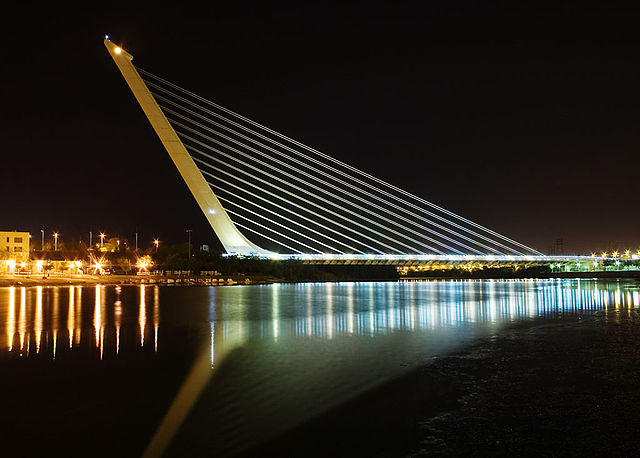
Santiago Calatrava is a Spanish architect and engineer known for his innovative and sculptural designs that combine art, architecture, and engineering.
Born in Valencia, Spain in 1951, Calatrava studied architecture and engineering at the Polytechnic University of Valencia before completing a postgraduate degree in civil engineering at the Swiss Federal Institute of Technology in Zurich.
Calatrava’s work is characterized by his use of white concrete, steel, and glass, and his designs often incorporate elements of movement and fluidity.
He is best known for his bridges, such as the Alamillo Bridge in Seville and the Pont de l’Alma in Paris, as well as his transit stations, including the World Trade Center Transportation Hub in New York City and the Liège-Guillemins railway station in Belgium.
Throughout his career, Calatrava has received numerous awards and honors, including the Prince of Asturias Award for the Arts in 1999 and the Gold Medal from the American Institute of Architects in 2005.
He has also been recognized for his contributions to sustainable design and engineering, and his work continues to inspire architects, engineers, and artists around the world.
9. Tadao Ando
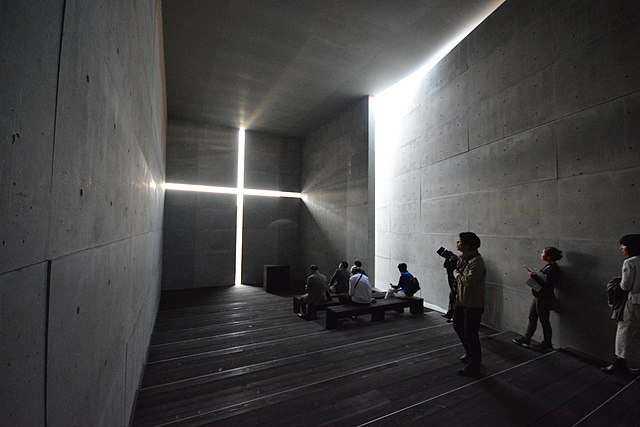
Tadao Ando is a Japanese architect known for his minimalist and contemplative designs that emphasize the interplay between light and space. Born in Osaka in 1941, Ando started his career as a self-taught architect before studying architecture at the University of Tokyo.
Ando’s work is characterized by his use of raw materials, such as concrete and wood, and his designs often incorporate elements of water and nature. He is best known for his use of light, which he uses to create a sense of calm and spirituality in his buildings.
Some of his most famous works include the Church of the Light in Osaka, the Modern Art Museum of Fort Worth, and the Benesse House Museum on the island of Naoshima in Japan.
Throughout his career, Ando has received numerous awards and honors, including the Pritzker Architecture Prize in 1995 and the American Institute of Architects Gold Medal in 2002. He is also a member of the Order of Culture, Japan’s highest cultural honor.
Today, Ando remains an influential figure in contemporary architecture, known for his commitment to simplicity, beauty, and the power of architecture to inspire and uplift the human spirit.
10. Bjarke Ingels
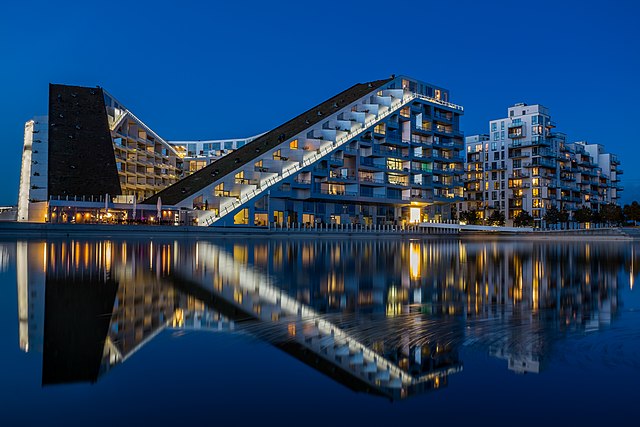
Bjarke Ingels is a Danish architect known for his innovative and socially conscious designs. Born in Copenhagen in 1974, Ingels studied architecture at the Royal Danish Academy of Fine Arts before establishing his own architecture firm, BIG (Bjarke Ingels Group), in 2005.
Ingels’ work is characterized by his use of bold, geometric forms and his focus on creating buildings that are both functional and socially responsible.
He is known for his ability to transform seemingly mundane building types, such as apartment buildings and waste-to-energy plants, into visually striking and sustainable structures.
Some of his most notable works include the 8 House in Copenhagen, the VIA 57 West residential building in New York City, and the Amager Bakke waste-to-energy plant in Copenhagen.
Throughout his career, Ingels has received numerous awards and honors, including the European Prize for Architecture in 2010 and the Wall Street Journal Innovator of the Year award in 2011.
He is also a visiting professor at Harvard University’s Graduate School of Design and has published several books on architecture and urbanism.
Today, Ingels continues to be a leading figure in contemporary architecture, pushing the boundaries of what is possible with design and technology, while also promoting social and environmental sustainability.

